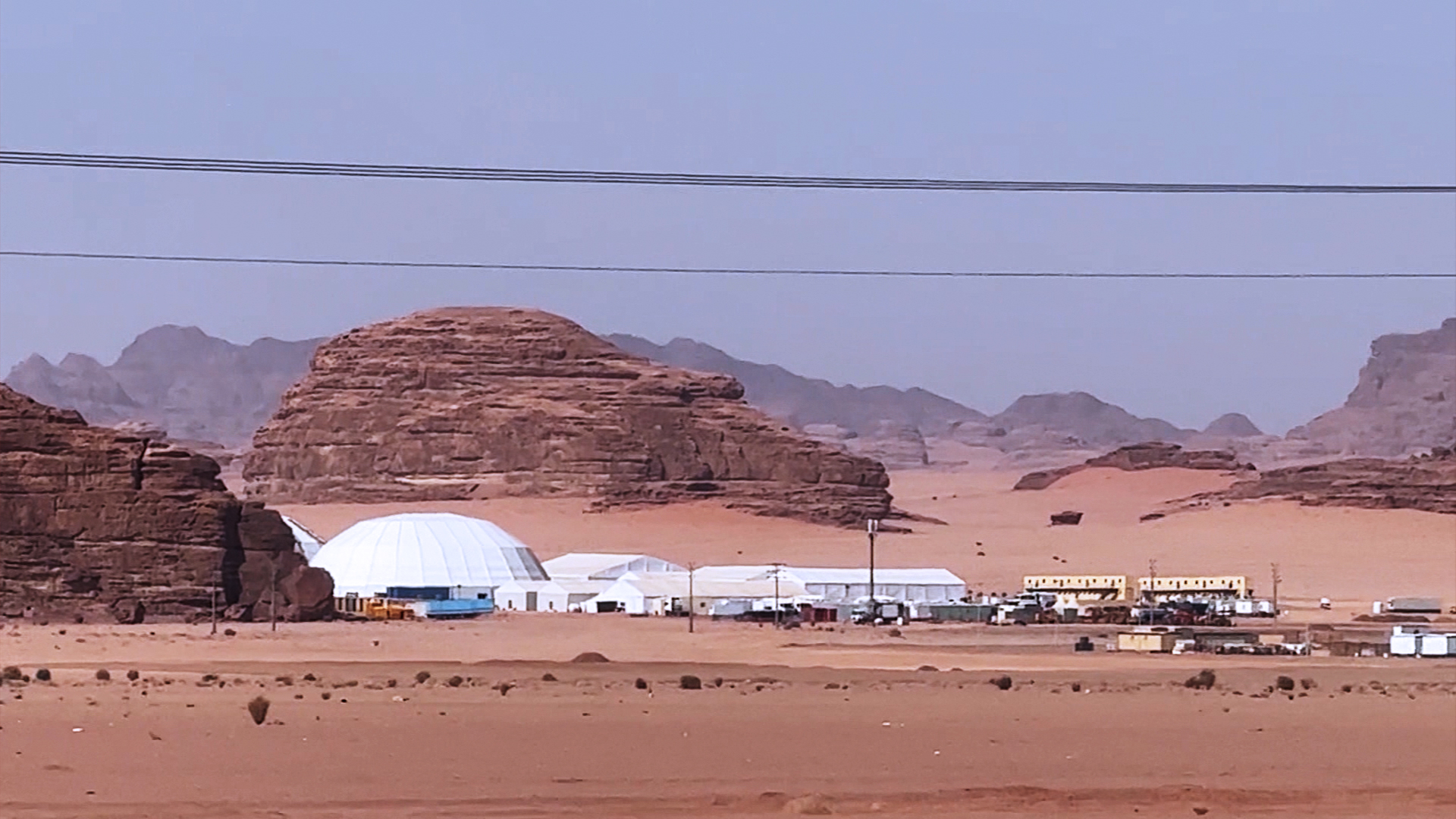
Some of the most fascinating sites in biblical history are believed to be in the Kingdom of Saudi Arabia, including Mount Sinai, where Moses heard from God.
Today, the area deep in the northwest corner of the Saudi desert is more populated by camels than people, but if Crown Prince Mohammed bin Salman has his way, this area rich in biblical history could soon to be lost to a major development project.
The heir to the Saudi throne recently announced the region as the site of his new $500 billion megacity, which might one day house up to nine million people and re-think everything about how people live, work and play.
The project is touted as the most modern, forward-thinking and climate-friendly city in the world, but few people are aware of the deep biblical history of the area. Those who are aware wonder if the planned mega-project will help or harm the historic value of the region.
Andrew Jones has been studying biblical archaeology for more than a decade. CBN News followed him on a week-long adventure to some fascinating Biblical sites – places almost everyone has read about but few ever get to see.
He believes Mount Sinai is actually located in Saudi Arabia, very close to the proposed site of their new mega-city.
“The biggest issue is that Moses, when he was taking care of Jethro’s flocks, and he had fled Egypt, and lived in the land of Midian,” Jones said. “The land of Midian is in the north of Saudi Arabia. There is no archaeological evidence for Midian in the Sinai peninsula. And it was on one of those days when he was out with the flocks that it says he went to the Mountain of God. And in Exodus it says ‘he saw a burning bush on Mount Sinai’…So then you’ll realize that Mount Sinai is close to where Jethro lived.”
After their miraculous crossing of the Red Sea, the Israelites would have wandered in this desert and water would have been foremost on their minds.
The book of Exodus, chapter 15, says they came to an oasis called Elim, where there were 12 springs and 70 Palm trees. Those 12 springs are still there and at least one is still in use by the Bedouins in the area.
Jones is concerned that any construction project in the area could harm historical sites, such as a mountain range he says is described in the Bible.
“And so you’ll find as you’re driving around the desert, these brand new roads that they’re putting in, and there’s a whole camp set up for the workers. So, it’s a multi-year project. We’re just hoping that they don’t… not just ruin the view, but destroy anything of biblical significance out there,” he said.
Jones also offers evidence that a huge mountain with a peak that appears to be burned, is actually Mount Sinai.
“The evidence is all around us that this is the true Mount Sinai. Now, I know there are many proposed locations for the mountain of God, but this mountain here in the Land of Midian is the only one that matches all the biblical evidence for Mount Sinai, or the Mountain of God, or another name is Mount Horeb.”
A huge plain at the base of the mountain would have easily accommodated the Israelites and all their animals.
A large altar is centrally placed and covered with petroglyphs. Many of the images depict cows, an animal that in ancient times did not exist in the area, but they did exist in Egypt.
Jones points to other evidence on hand.
“Ron Wyatt discovered these pieces of marble when he first came here in the mid-1980’s,” he said. “In 1985, he found an inscription in ancient Hebrew, the name Solomon, the Mountain of God, Moses. And so, he believed because of these key words in Ancient Hebrew that King Solomon actually set up a marble shrine dedicated to the Mountain of God at the base of Mount Sinai.”
The remainder of this article is available in its entirety at CBN

